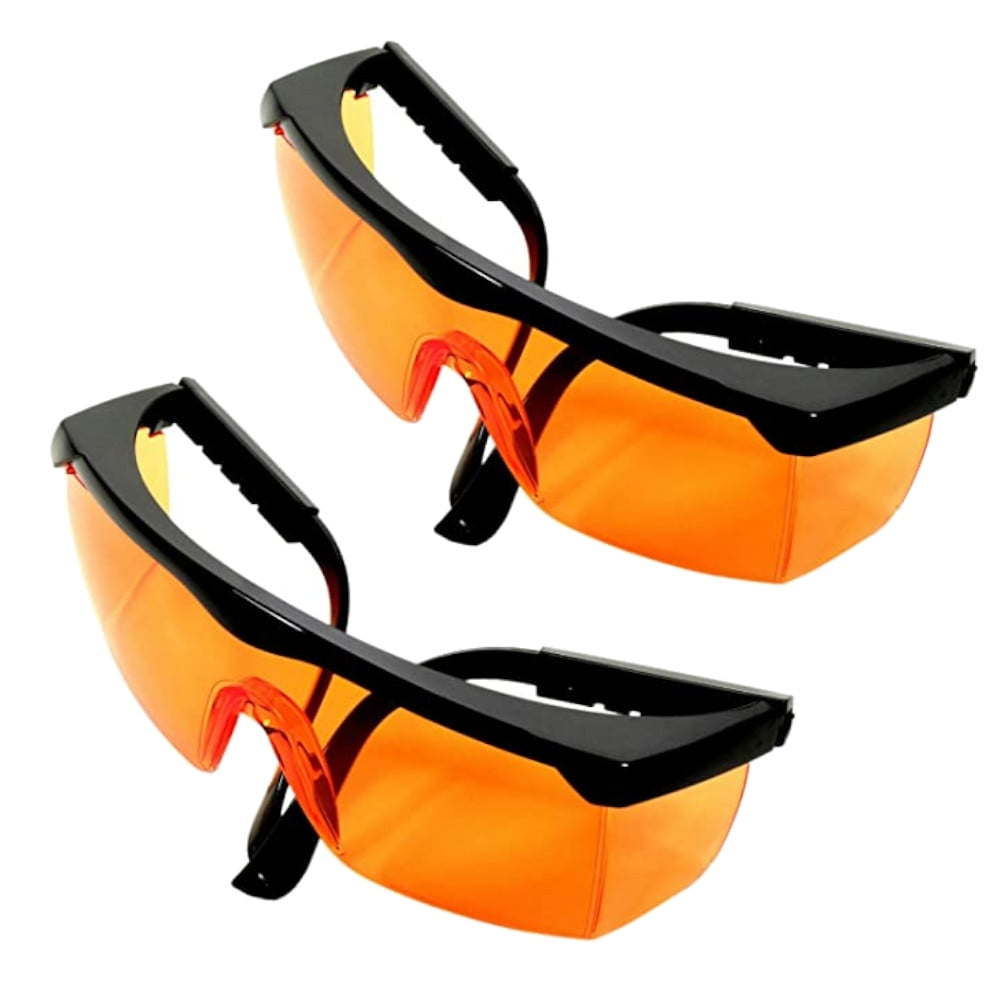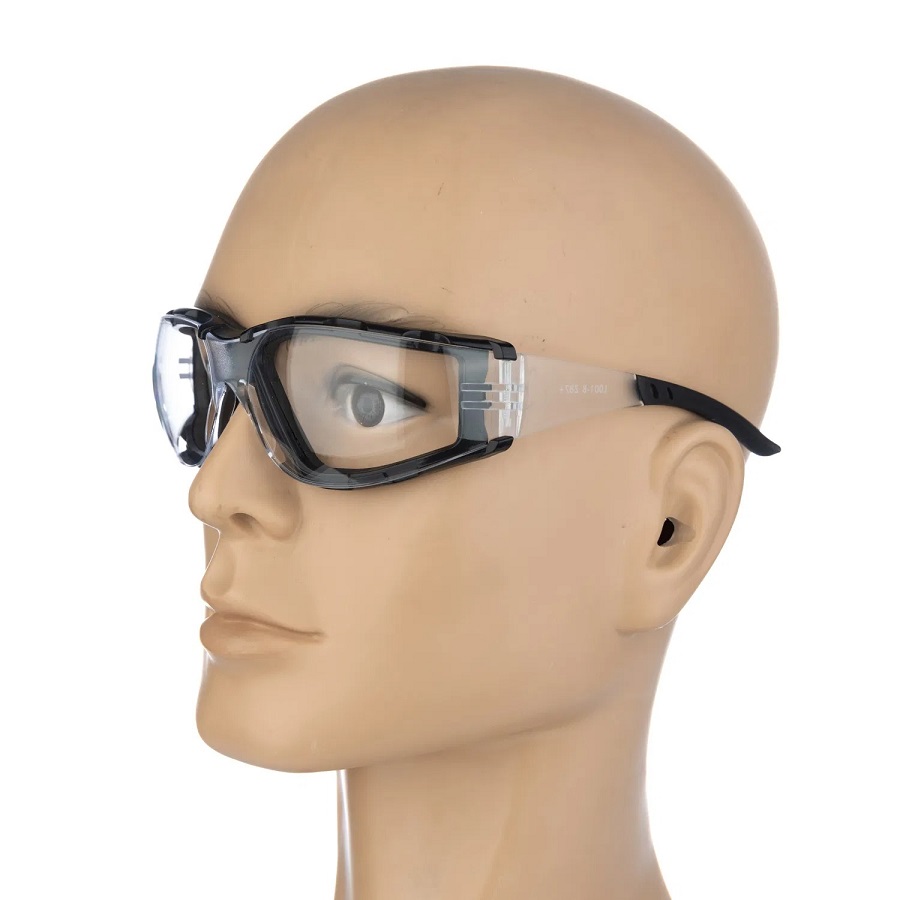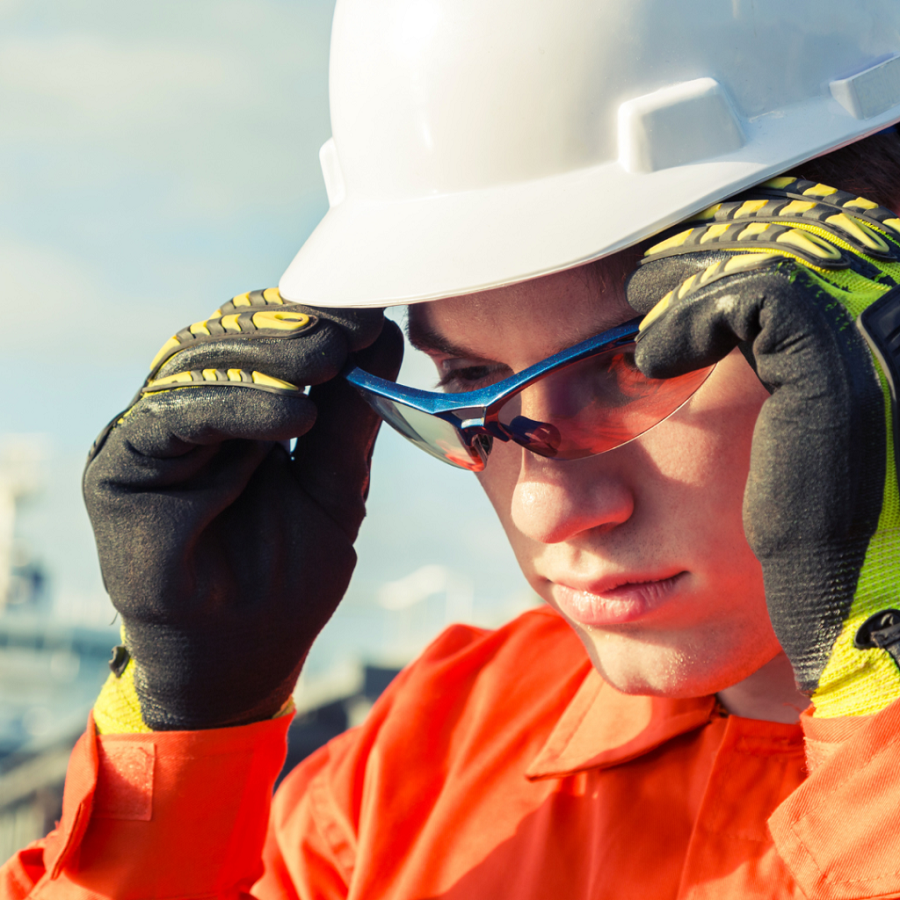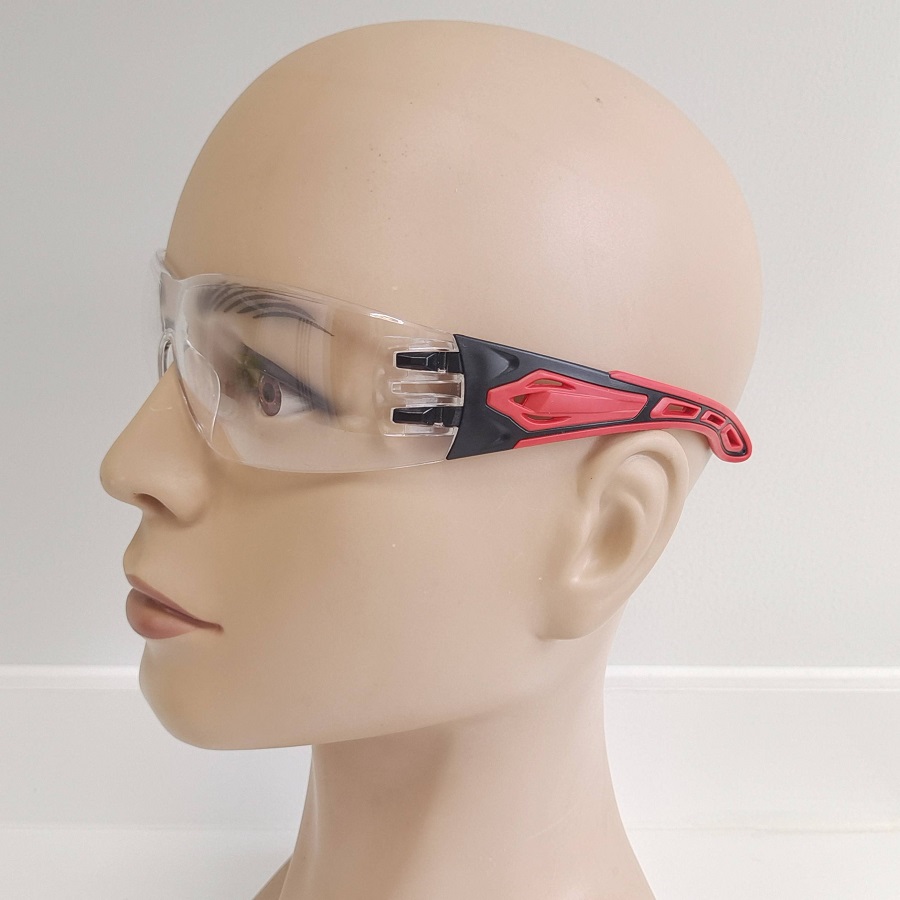Introduction
Protective Eyewear for Workers is a crucial component of workplace safety, particularly in environments where employees are exposed to hazards that can cause eye injuries. According to the Centers for Disease Control and Prevention (CDC), approximately 2,000 workers in the United States experience job-related eye injuries each day, and many of these injuries can be prevented with the proper use of protective eyewear. This guide will explore the various types of protective eyewear, the standards that govern their use, and best practices for employers and employees when selecting and using eye protection.
Types of Protective Eyewear
Understanding the different types of protective eyewear can help employers and employees make informed decisions about which options best suit their specific needs. Here are some common types:
- Safety Glasses: Featuring impact-resistant lenses, safety glasses shield against flying debris and chemical splashes. They are typically made of polycarbonate materials that are shatterproof and provide adequate UV protection.
- Goggles: For environments where there are high risks of chemical splashes or flying particles, goggles offer a secure fit around the eyes, preventing any harmful substances from seeping in. They also often come with anti-fog and ventilation options.
- Face Shields: Used in conjunction with safety glasses or goggles, face shields provide an additional layer of protection against splashes, sparks, and impact. They are vital in jobs dealing with molten metal, chemicals, or grinding operations.
- Welding Goggles: Specifically designed for welders, these goggles come equipped with special lenses that filter bright light and UV radiation. They are essential to prevent serious eye injuries during the welding process.
- Prescription Safety Glasses: For employees who require vision correction, prescription safety glasses incorporate safety features into a standard pair of glasses, allowing for comfortable and safe viewing in hazardous environments.
- Sports Eyewear: In workplaces that involve physical activity or sports, specialized eyewear designed to protect eyes during high-contact situations may be necessary.
Choosing the Right Eyewear
Selecting the right protective eyewear involves considering several factors:
- Type of Hazard: Identify the specific risks present in the work environment. For example, will the worker be exposed to chemicals, debris, or radiation?
- Fit and Comfort: Protective eyewear needs to fit well to ensure maximum protection. Ill-fitting gear can diminish safety and create discomfort.
- Compatibility with Other PPE: For jobs requiring multiple types of personal protective equipment, compatibility is crucial. Eyewear should comfortably integrate with helmets, masks, or ear protection.
- Lens Type: Depending on the work environment, it may be essential to choose scratch-resistant, anti-fog, or tinted lenses.
Training and Awareness
No matter how effective protective eyewear is, ongoing training and awareness are paramount. Employers should ensure that all employees:
- Understand the importance of using protective eyewear.
- Are trained on how to properly use and maintain their eyewear.
- Are familiar with the specific hazards they may encounter and the appropriate type of eyewear to address those risks.
Understanding Eye Hazards
Before selecting appropriate protective eyewear, it’s essential to identify the types of hazards present in the workplace. Common eye hazards include:
- Chemical Splashes: Workers in laboratories, manufacturing, or construction may be exposed to harmful chemicals that can cause serious injury upon contact with the eyes.
-
Impact: Flying objects, falling tools, and debris can cause significant injuries. Employees in manufacturing, construction, and maintenance often face these risks.
- Dust and Particles: Construction sites, woodworking shops, and metalworking environments often have airborne particles that can irritate or damage the eyes.
- Radiation: Workers may be exposed to various forms of radiation, including ultraviolet (UV) light from the sun, welding arcs, and lasers, which can cause eye injuries or conditions like cataracts.
- Heat and Sparks: Jobs that involve welding, machining, or furnace operations can expose workers to high heat levels and flying sparks.
 Standards and Regulations
Standards and Regulations
Protective Eyewear for Workers(ワークマンための保護メガネ) – The American National Standards Institute (ANSI) sets the benchmark for protective eyewear through its ANSI Z87.1 standard. This standard outlines the requirements for eye protection in occupational and educational environments. Other forms of eyewear may also meet OSHA guidelines, which stipulate that employers must provide appropriate personal protective equipment (PPE) to their employees.
When selecting protective eyewear, ensure that the chosen product complies with these standards by looking for appropriate labeling and certifications. Employers are responsible for providing fit tests for prescription safety eyewear to ensure a proper fit.
Best Practices for Employers
1. Conduct a Job Hazard Analysis
Employers should conduct a thorough analysis of workplace hazards to determine the specific type of eye protection required for each job function. This assessment should include input from employees, as they can provide valuable insight into the risks they face on a daily basis.
2. Provide Training and Education
Employers must educate employees about the importance of wearing protective eyewear and how to select the proper type for their specific tasks. Training should cover the proper care and maintenance of eyewear, as well as guidelines for their use.
3. Ensure Proper Fit
Proper fit is essential for protective eyewear to be effective. Employers should provide various sizes and styles of eyewear to accommodate individual preferences and ensure that employees are wearing equipment that fits correctly.
4. Encourage a Safety Culture
Develop a company culture that prioritizes safety, which can incentivize employees to wear their protective eyewear consistently. Regular safety meetings, reminders, and incentives for safe practices can help reinforce this culture.
5. Regular Inspections and Updates
Employers should regularly inspect protective eyewear for signs of wear, damage, or obsolescence. Providing updates on new technologies or products can also benefit employee safety.
 Best Practices for Employees
Best Practices for Employees
1. Always Wear Protective Eyewear
Employees must understand the importance of wearing protective eyewear in designated areas and while performing tasks that pose eye hazards. Making it a habit can prevent injuries.
2. Report Damaged or Defective Equipment
Employees should inspect their protective eyewear regularly and report any damage or defects to their supervisor immediately. Using damaged eyewear can compromise safety.
3. Maintain Eyewear Properly
Proper care, including cleaning and storing protective eyewear as per manufacturer recommendations, can prolong the life of the equipment and ensure optimal performance.
4. Understand the Limitations
Employees need to be aware of the limitations of their protective eyewear. For instance, safety glasses may not provide adequate protection against chemical splashes, necessitating the use of goggles.
5. Seek Clarification
If employees have questions about the appropriate type of eyewear or proper use in their specific tasks, they should reach out to their supervisors or safety officers for guidance.
Understanding the Dangers
Before delving into the solutions, it’s important to understand the types of hazards that can lead to eye injuries:
- Chemical Splashes: Chemicals used in manufacturing, cleaning, or laboratory settings can cause severe damage to the eyes. Even small amounts of corrosive substances can result in permanent injury.
- Physical Hazards: This includes flying debris, dust, and particles commonly found in construction sites or production floors. These can lead to scratches or punctures, which can be painful and debilitating.
- Optical Radiation: Certain work environments expose employees to harmful UV, laser, or infrared radiation, commonly encountered in welding, medical surgery, or various manufacturing processes.
- Biological Hazards: Healthcare professionals and researchers often face biological threats, such as bloodborne pathogens or contaminated substances, which can enter the body through the eyes.
The Risks of Eye Injuries in the Workplace – Protective Eyewear for Workers
The workplace can present various hazards that can pose a significant risk to workers’ eye health. These dangers include:
- Chemical Exposure: Industries such as manufacturing, construction, and laboratories often involve handling hazardous chemicals. These substances can cause severe ocular injuries or long-term health issues, including chemical burns and permanent vision loss.
- Impact Hazards: Construction sites and manufacturing plants frequently have flying debris, tools, and machinery that can cause blunt force trauma to the eyes. This type of injury can range from minor abrasions to severe trauma that could result in the loss of vision.
- Radiation: Certain professions involve exposure to harmful radiation, such as welding, glassblowing, and certain medical roles. Without appropriate protective eyewear, employees risk serious eye damage from ultraviolet (UV) or infrared radiation.
- Dust and Particulates: Many occupations in construction, woodworking, and metalworking expose workers to dust and other airborne particles. These can cause irritation, scratches, and other injuries when they come into contact with the eye.
- Light Exposure: High-intensity lighting, common in certain industrial settings, can lead to burns and other damages to the eye’s surface, contributing to conditions like photokeratitis.
 Conclusion
Conclusion
Choosing the right Protective Eyewear for Workers is vital for ensuring workplace safety and preventing eye injuries. By understanding the types of hazards present in the workplace and selecting the appropriate eyewear, both employers and employees can work together to create a safer work environment. Adhering to established standards, providing adequate training and resources, and fostering a culture of safety will go a long way toward protecting one of our most valuable assets: our eyes.
